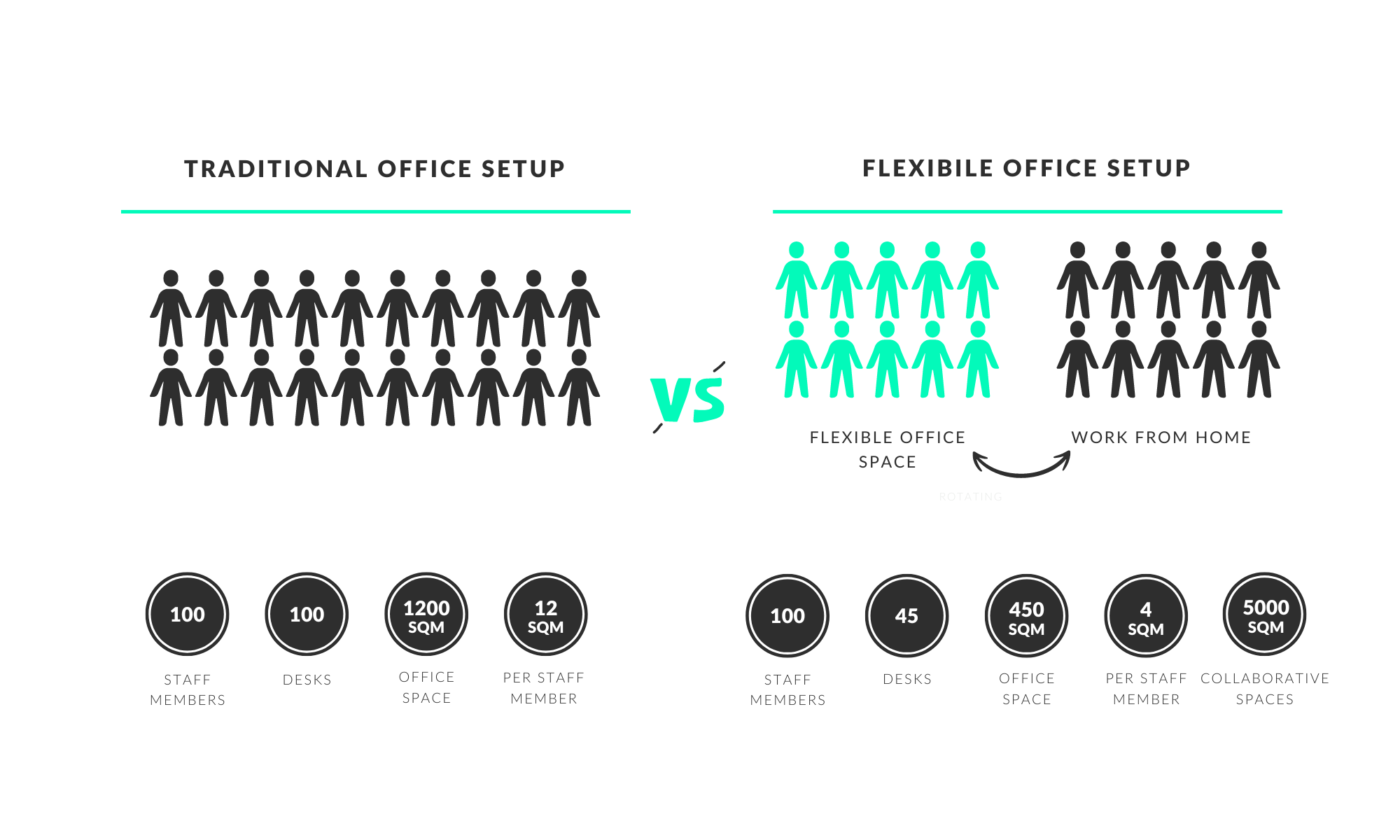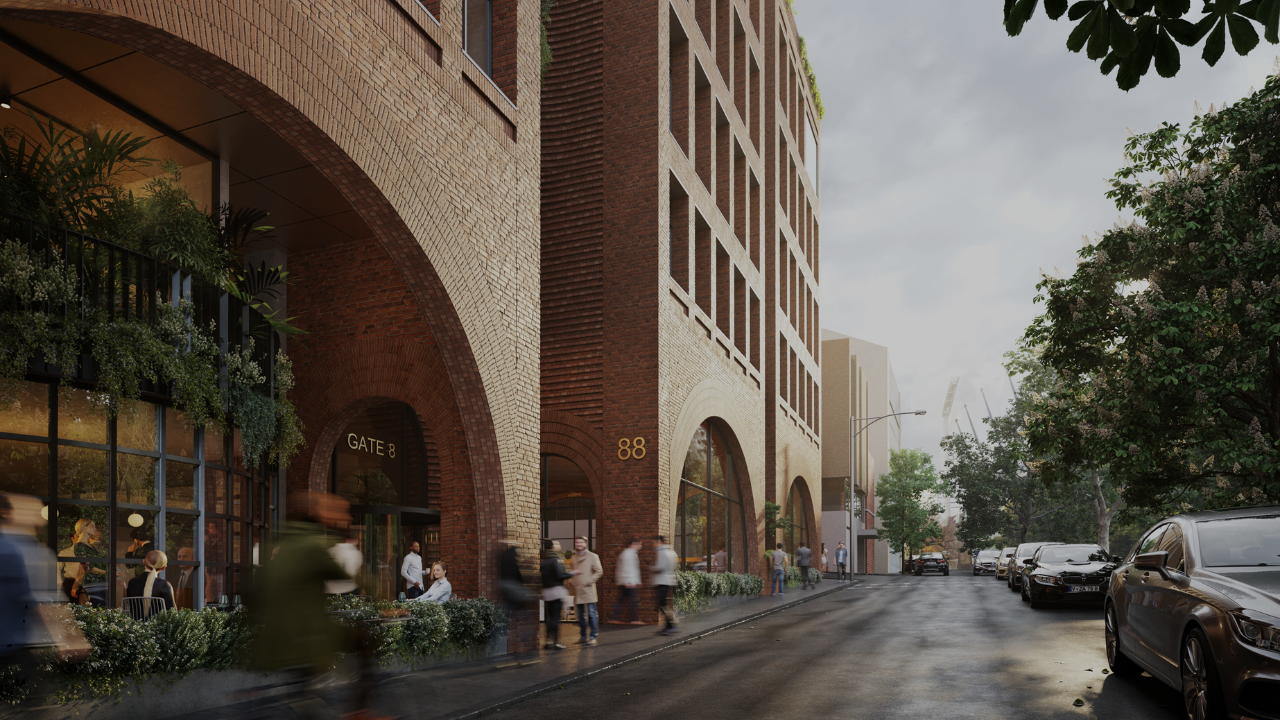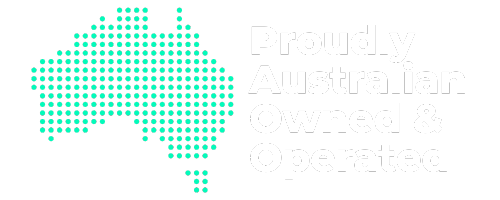In recent years, the term “RTO” may not have been a part of your everyday conversation, but it has taken centre stage as companies, both large and small, make a resounding call for their employees to embrace the return to the office. This seismic shift is fundamentally altering the way we work and revolutionising our understanding of workspaces and office culture. As we navigate this evolving landscape, I wanted to share three pivotal insights that are shaping the ongoing return to office discussion.
The Resurgence of the Office
With new in-office policies rolled out in September, the ripple effects have already touched the lives of a million workers, leading to record attendance rates in a post-pandemic world. From October through to the end of the year, nearly half a million employees will be subject to these new office mandates. What’s intriguing is that this shift isn’t exclusive to the United States alone. In Australia, approximately 30% of the workforce had experienced the charm of remote work.
However, as companies steadily reduce their remote work offerings, employees are returning to the office in increasing numbers. The statistics are telling – fewer than 9% of LinkedIn job postings are now seeking remote candidates, a sharp decline from the 20% figure in early 2022. These numbers underscore the transformation in our approach to work, emphasising the renewed importance of physical office spaces.
The Enduring Hybrid Work Model
The pandemic ignited the era of hybrid work, and it appears to have become an integral part of the new normal. Employees have grown accustomed to the flexibility of choosing between the office and remote work, and companies have embraced the idea that productivity can flourish in various settings. This paradigm shift has altered the office landscape itself, with companies downsizing their traditional spaces and seeking flexible office solutions that empower teams to come together meaningfully.
As of mid-2023, Melbourne reported a vacancy rate of 16.2% for office spaces, while Sydney’s vacancies stood at 14.4%. This shift has influenced prime Central Business District (CBD) rents, which decreased by 3.7% to $395 per square metre, with incentives soaring to a staggering 42%. The tech sector, in particular, is experiencing the impact, with a significant increase in available sublease space within tech sector properties, rising to 64,900 square metres compared to 29,200 square metres a year ago.
In response to this change, office-centric industries, including the legal and accounting sectors, have embraced a three to four-day in-office workweek. This lines up with what we’re seeing at CreativeCubes.Co as the peak membership base is in office Tuesday, Wednesday, and Thursday, signalling a noticeable shift in the traditional Monday-Friday workweek.
Elevating the Quality of Workspaces
As employees return to the office, there is a heightened demand for high-quality workspaces. The traditional office setup no longer suffices, as employees now expect a workspace that offers more than the basics. They seek a dynamic environment with enhanced amenities and a captivating atmosphere.
Research from JLL highlights the future of office spaces, characterised by collaborative zones and a balanced allocation of areas for focused, individual work. These spaces go beyond the conventional meeting rooms and cubicles, offering concierge services, communal areas doubling as social hubs, and wellness facilities equipped with Peloton bikes, treads & rowers. The shift is from an individual “me space” to a collaborative “we space,” with companies striving to create an environment that promotes innovation, teamwork, and a sense of community.

The return to the office is not merely a temporary shift but a transformation of the way we work. In-office occupancy is fast approaching pre-pandemic levels, and the hybrid work model is now a permanent fixture. What’s more, the focus on high-quality workspaces is revolutionising the modern office, making it a hub for creativity, collaboration, and comfort.
As businesses adapt to these evolving trends, it’s evident that the return to the office is about more than returning to business as usual; it’s about crafting a better, more inclusive, and engaging workspace for the future. It’s a journey that could even be described as “delivering happiness at work.” (see what I did there?)




